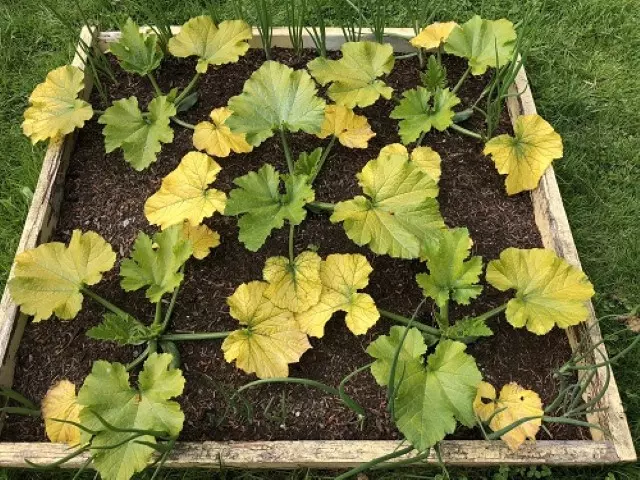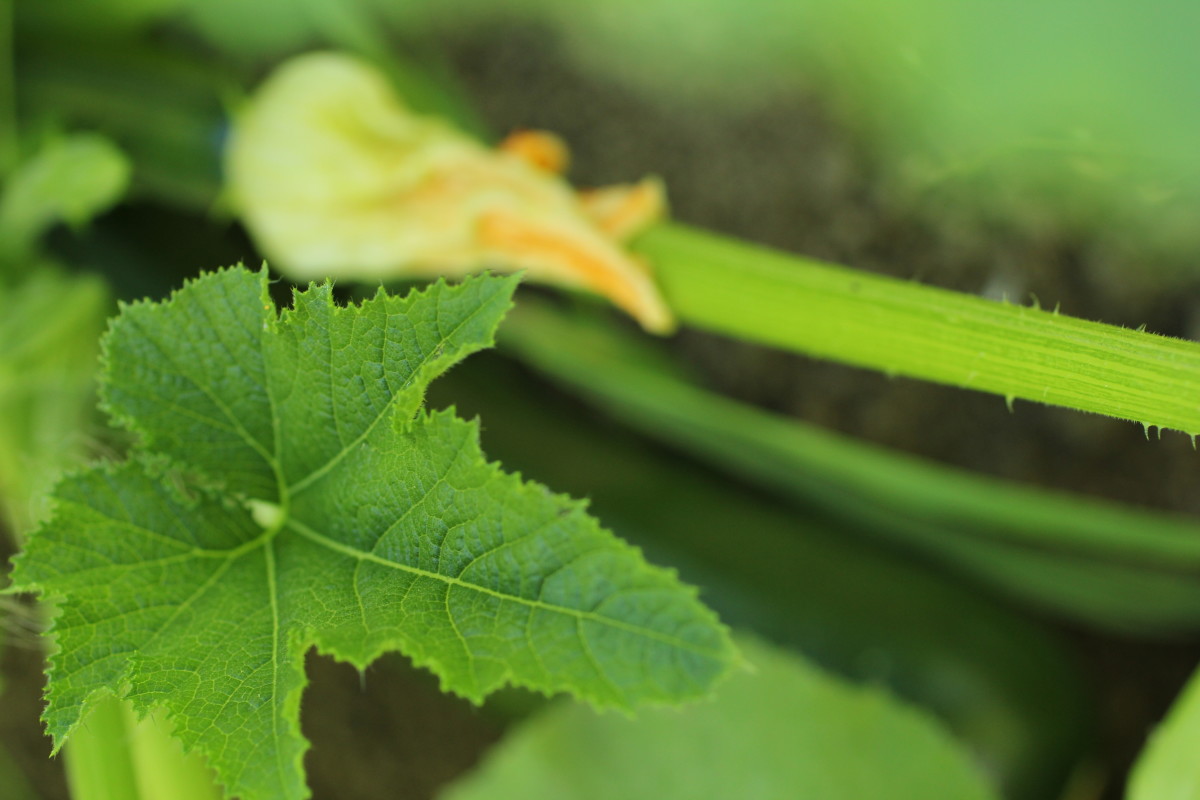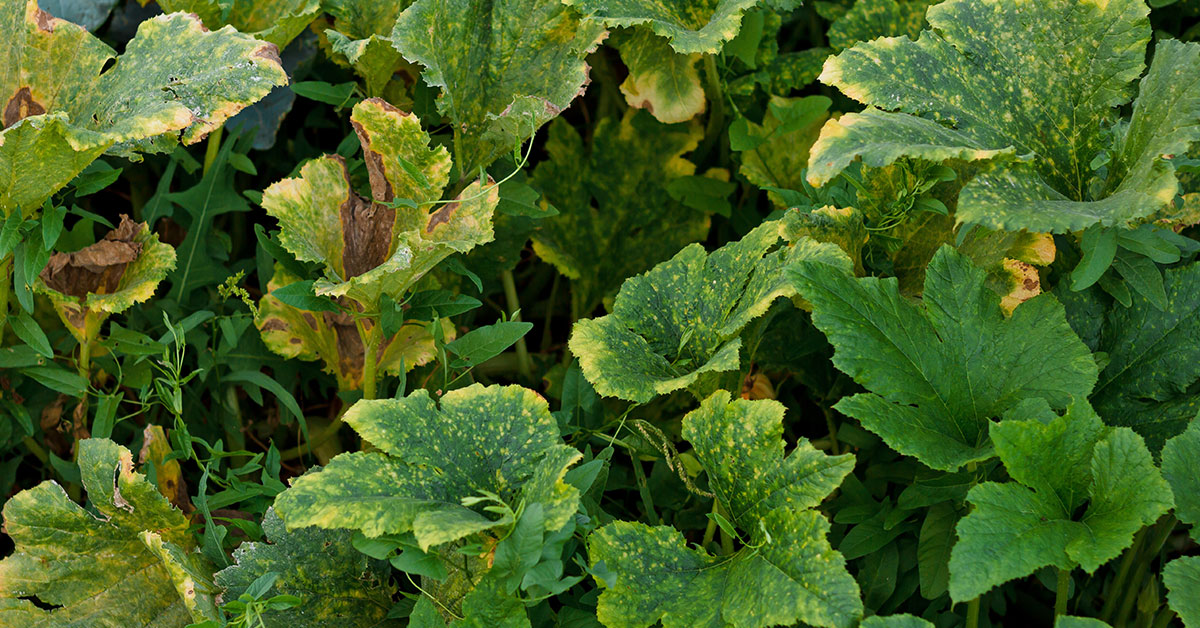Understanding the Causes of Yellowing Leaves on Zucchini Plants
Yellow leaves on zucchini plants can be a concerning sight for gardeners, as they can indicate a range of underlying issues. To address this problem, it’s essential to understand the common causes of yellowing leaves on zucchini plants. Overwatering is a prevalent issue, as zucchini plants don’t like wet feet. When the soil is consistently waterlogged, the roots can rot, causing the leaves to turn yellow and drop off. On the other hand, underwatering can also cause yellow leaves, especially if the plant is not receiving enough moisture during periods of high temperatures or drought.
Nutrient deficiencies are another common cause of yellow leaves on zucchini plants. Zucchini plants require a balanced diet of nutrients, including nitrogen, phosphorus, and potassium. A lack of these essential nutrients can cause yellow leaves, stunted growth, and reduced fruit production. Pests and diseases can also cause yellow leaves on zucchini plants. Aphids, whiteflies, and spider mites can all feed on the sap of zucchini plants, causing yellow leaves and stunted growth. Fungal diseases, such as powdery mildew and fusarium wilt, can also infect zucchini plants, causing yellow leaves and reduced fruit production.
To identify the underlying cause of yellow leaves on your zucchini plant, inspect the leaves and stems carefully. Check for signs of pests, such as eggs, larvae, or actual insects. Look for fungal diseases, such as white powdery patches or black spots. Check the soil moisture by inserting your finger into the soil up to the knuckle. If the soil feels dry, it’s time to water. If the soil feels waterlogged, wait a few days before watering again.
By understanding the common causes of yellow leaves on zucchini plants, you can take steps to address the issue and promote healthy growth. Whether it’s adjusting your watering schedule, providing essential nutrients, or managing pests and diseases, taking action can help prevent yellow leaves and ensure a bountiful harvest.
How to Diagnose and Treat Nutrient Deficiencies in Zucchini Plants
Nutrient deficiencies can cause yellow leaves on zucchini plants, stunted growth, and reduced fruit production. To diagnose nutrient deficiencies, start by checking the soil pH. Zucchini plants prefer a slightly acidic to neutral soil pH, ranging from 6.0 to 7.0. If the soil pH is too high or too low, it can affect nutrient availability and cause deficiencies.
Next, check the nutrient levels in the soil. A soil test can provide information on the levels of essential nutrients, such as nitrogen, phosphorus, and potassium. Based on the test results, you can adjust the fertilizer application to address any deficiencies. For example, if the soil test reveals a lack of nitrogen, you can apply a nitrogen-rich fertilizer, such as ammonium sulfate or urea.
Leaf symptoms can also indicate nutrient deficiencies. For example, nitrogen deficiency can cause yellow leaves with green veins, while phosphorus deficiency can cause purpling or reddening of the leaves. Potassium deficiency can cause yellow or white spots on the leaves. By observing the leaf symptoms, you can narrow down the possible causes of the nutrient deficiency.
Treatment options for nutrient deficiencies include fertilizers and soil amendments. Organic fertilizers, such as compost or manure, can provide essential nutrients while promoting soil health. Synthetic fertilizers, such as ammonium nitrate or diammonium phosphate, can provide a quick fix but may not promote long-term soil health. Soil amendments, such as lime or sulfur, can adjust the soil pH and improve nutrient availability.
When treating nutrient deficiencies, it’s essential to follow the recommended application rates and timing. Overfertilization can cause more harm than good, leading to nutrient imbalances and environmental pollution. By diagnosing and treating nutrient deficiencies, you can promote healthy growth, increase yields, and prevent yellow leaves on zucchini plants.
The Impact of Pests and Diseases on Zucchini Leaf Health
Pests and diseases can cause significant damage to zucchini plants, leading to yellow leaves, stunted growth, and reduced fruit production. Aphids, whiteflies, and spider mites are common pests that can infest zucchini plants, sucking the sap and causing yellow leaves. These pests can also transmit diseases, such as powdery mildew and fusarium wilt, which can further compromise the health of the plant.
Powdery mildew is a fungal disease that can cause yellow leaves, white powdery patches, and stunted growth. It thrives in warm, humid environments and can be spread by wind, water, or insects. Fusarium wilt is another fungal disease that can cause yellow leaves, wilting, and stunted growth. It is often spread through contaminated soil or water.
To manage pests and diseases on zucchini plants, it’s essential to monitor the plants regularly for signs of infestation or infection. Inspect the leaves, stems, and soil for any unusual symptoms, such as yellow leaves, white powdery patches, or black spots. Use organic or integrated pest management methods to control pests and diseases, such as neem oil, diatomaceous earth, or copper-based fungicides.
Prevention is also key to managing pests and diseases on zucchini plants. Use crop rotation, sanitation, and physical barriers to prevent pests and diseases from spreading. Remove any infected or infested plants to prevent the spread of disease. Use resistant varieties of zucchini plants to reduce the risk of disease.
By understanding the impact of pests and diseases on zucchini leaf health, you can take steps to prevent and manage these issues. Regular monitoring, organic pest management methods, and prevention strategies can help promote healthy growth, increase yields, and prevent yellow leaves on zucchini plants.
Watering Strategies for Healthy Zucchini Plants
Watering is a critical aspect of zucchini plant care, and improper watering can lead to yellow leaves, stunted growth, and reduced fruit production. To water zucchini plants correctly, it’s essential to check the soil moisture regularly. Stick your finger into the soil up to the knuckle, and if the soil feels dry, it’s time to water. If the soil feels moist, wait a day or two before watering again.
Avoid overwatering, which can cause the roots to rot and lead to yellow leaves. Zucchini plants prefer well-draining soil, so make sure the pot or garden bed has good drainage holes. Water at the base of the plant, avoiding the leaves to prevent fungal diseases. Watering in the morning allows the plant to absorb the water throughout the day.
Underwatering can also cause yellow leaves, especially during hot and dry weather. Zucchini plants need consistent moisture levels to produce healthy growth and fruit. Mulching around the plants can help retain moisture, suppress weeds, and regulate soil temperature.
Consistent moisture levels are crucial for healthy zucchini plant growth. Avoid sudden changes in watering schedules, as this can cause stress to the plant. Monitor the weather forecast and adjust the watering schedule accordingly. During periods of drought, increase the frequency of watering, and during periods of heavy rainfall, reduce the frequency of watering.
By following these watering strategies, you can promote healthy growth, increase yields, and prevent yellow leaves on zucchini plants. Remember to check the soil moisture regularly, avoid overwatering and underwatering, and provide consistent moisture levels for optimal growth.
Pruning and Training for Optimal Zucchini Plant Growth
Pruning and training are essential techniques for promoting healthy growth, increasing yields, and preventing disease in zucchini plants. Pruning involves removing select leaves, stems, and flowers to direct the plant’s energy towards fruit production and healthy growth. Training involves providing support for the plant to grow upright and maximize space.
To prune zucchini plants, start by removing any weak or spindly growth. Cut back the tips of the stems to encourage branching and promote a bushy shape. Remove any leaves that are touching the soil to prevent fungal diseases. Remove any flowers that are not producing fruit to direct the plant’s energy towards fruit production.
Training zucchini plants involves providing support for the plant to grow upright. Use a trellis or cage to provide support for the plant to climb. Tie the stems to the trellis or cage using twine or clips. This will help to keep the plant upright and maximize space.
Pruning and training can also help to prevent disease in zucchini plants. By removing weak or spindly growth, you can prevent fungal diseases from spreading. By providing support for the plant to grow upright, you can improve air circulation and reduce the risk of disease.
Some common pruning and training techniques for zucchini plants include:
- Top pruning: removing the top growth of the plant to encourage branching and promote a bushy shape.
- Side pruning: removing select leaves and stems to direct the plant’s energy towards fruit production and healthy growth.
- Training to a trellis: providing support for the plant to grow upright and maximize space.
By pruning and training zucchini plants, you can promote healthy growth, increase yields, and prevent disease. Remember to prune and train your zucchini plants regularly to keep them healthy and thriving.
Common Mistakes to Avoid When Growing Zucchini
When growing zucchini, it’s essential to avoid common mistakes that can lead to yellow leaves, stunted growth, and reduced fruit production. One of the most common mistakes is inadequate soil preparation. Zucchini plants require well-draining, rich soil to grow healthy and thrive. Make sure to test your soil pH and adjust it if necessary. Add organic matter such as compost or manure to improve soil fertility and drainage.
Poor spacing is another common mistake that can lead to yellow leaves and reduced fruit production. Zucchini plants need adequate space to grow and receive sufficient sunlight. Plant zucchini seeds 1-2 inches deep and 6-8 inches apart. Thin the seedlings to 12-18 inches apart as they grow.
Insufficient sunlight is also a common mistake that can lead to yellow leaves and stunted growth. Zucchini plants require full sun to produce healthy growth and fruit. Make sure to plant zucchini in a location that receives at least 6 hours of direct sunlight per day.
Other common mistakes to avoid when growing zucchini include:
- Overwatering: Zucchini plants don’t like wet feet. Avoid overwatering, which can lead to yellow leaves and root rot.
- Underwatering: Zucchini plants need consistent moisture to grow healthy and thrive. Avoid underwatering, which can lead to yellow leaves and stunted growth.
- Not providing support: Zucchini plants can grow quite large and may need support to prevent them from toppling over. Provide a trellis or cage to support the plant as it grows.
By avoiding these common mistakes, you can promote healthy growth, increase yields, and prevent yellow leaves on zucchini plants. Remember to provide adequate soil preparation, spacing, sunlight, and support for your zucchini plants to thrive.
How to Use Organic and Integrated Pest Management Methods
Organic and integrated pest management (IPM) methods are effective ways to control pests and diseases on zucchini plants, reducing the risk of yellow leaves and promoting healthy growth. These methods use a combination of techniques, including cultural, biological, and chemical controls, to manage pests and diseases in a holistic and sustainable way.
One of the most effective organic pest control methods is neem oil. Neem oil is a natural insecticide that can be used to control a wide range of pests, including aphids, whiteflies, and spider mites. It can be applied to the leaves and stems of the plant, and can also be used as a soil drench to control pests in the soil.
Diatomaceous earth is another effective organic pest control method. Diatomaceous earth is a natural, powdery substance that is made from the fossilized remains of tiny aquatic organisms. It works by dehydrating the pests, causing them to die. It can be applied to the leaves and stems of the plant, and can also be used as a soil amendment to control pests in the soil.
Other organic pest control methods include:
- Encouraging beneficial insects, such as ladybugs and lacewings, which prey on pests.
- Using physical barriers, such as fine mesh or fine netting, to prevent pests from reaching the plant.
- Practicing good sanitation, such as removing weeds and debris, to reduce the risk of pest infestations.
Integrated pest management (IPM) methods involve using a combination of these techniques to manage pests and diseases in a holistic and sustainable way. IPM methods can include:
- Cultural controls, such as adjusting irrigation and fertilization practices to reduce the risk of pest infestations.
- Biological controls, such as introducing beneficial insects or using microorganisms to control pests.
- Chemical controls, such as using organic or synthetic pesticides to control pests.
By using organic and integrated pest management methods, you can reduce the risk of yellow leaves on zucchini plants and promote healthy growth. Remember to always follow the label instructions when using any pest control method, and to take steps to minimize the risk of pest infestations.
Conclusion: Achieving Healthy and Thriving Zucchini Plants
In conclusion, yellow leaves on zucchini plants can be a sign of underlying issues that need to be addressed. By understanding the common causes of yellowing leaves, including overwatering, underwatering, nutrient deficiencies, and pests, you can take steps to prevent and treat these issues. Proper care, diagnosis, and treatment are essential for achieving healthy and thriving zucchini plants.
By following the tips and strategies outlined in this article, you can promote healthy growth, increase yields, and prevent yellow leaves on zucchini plants. Remember to provide adequate soil preparation, spacing, sunlight, and support for your zucchini plants. Regularly monitor your plants for signs of pests and diseases, and take action promptly to prevent infestations.
Additionally, consider using organic and integrated pest management methods to control pests and diseases on zucchini plants. These methods can help reduce the risk of yellow leaves and promote healthy growth. By taking a holistic and sustainable approach to zucchini plant care, you can enjoy a bountiful harvest and healthy plants.
By implementing these strategies, you can achieve healthy and thriving zucchini plants, and enjoy a successful harvest. Remember to stay vigilant and take action promptly to address any issues that may arise. With proper care and attention, your zucchini plants will thrive and provide you with a delicious and nutritious harvest.









:max_bytes(150000):strip_icc()/zucchini-growing-tips-1402989-04-39ca5f4b986a4116a6f3cff7fff071e8.jpg)